Description
Embracing Diversity: The Rise of LGBTQAI Print Men’s Shirt Lapel Oversized Fashion
The Evolution of LGBTQAI Fashion
The evolution of LGBTQAI fashion is a complex narrative that intertwines cultural, social, and political movements throughout history. The roots of LGBTQAI fashion can be traced back to early expressions of identity in the 20th century. In the 1920s and 1930s, the emergence of subcultures such as the “Molly Houses” in Britain exemplified the burgeoning need for self-expression among queer individuals. During this time, clothing served not just as a personal statement but also as a means of rebellion against societal norms.
As the decades progressed, the post-World War II era saw a gradual shift towards more overt representations of LGBTQAI identity. The 1969 Stonewall Riots marked a pivotal moment in LGBTQAI history, catalyzing a wave of activism that permeated through fashion. The vibrant aesthetics of the 1970s, characterized by bold colors and unorthodox styles, became synonymous with the liberation movements. Influential figures, such as designer Halston and activist Marsha P. Johnson, used fashion as a platform to challenge conventions and assert their identities, paving the way for a more inclusive interpretation of attire.
The latter part of the 20th century brought an increasing visibility of LGBTQAI individuals in mainstream culture, which also translated into fashion trends. Icons like RuPaul and Lady Gaga emerged, using their platforms to celebrate diversity and fluidity in gender expression. Events such as Pride parades not only became celebratory occasions but also showcased how clothing could encapsulate the essence of one’s identity. The rise of distinctly customized garments, such as LGBTQAI print men’s shirt lapel oversized fashion, reflects the community’s desire for both individuality and visibility in the fashion industry.
Today, the intersection of LGBTQAI identity and fashion continues to flourish, empowering individuals to express themselves freely and boldly. The ongoing evolution is marked by an embrace of diversity that fosters greater acceptance across all societal domains.
Understanding the Design: Print, Lapel, and Oversized Styling
The emergence of LGBTQAI print men’s shirts signifies a transformative shift in fashion, where expression transcends traditional boundaries. Central to these designs are the print patterns that encapsulate the ethos of the LGBTQAI community. Rainbow motifs, for instance, are universally recognized symbols of pride and diversity, often intricately woven into fabric to foster a sense of belonging and identity. Beyond the vibrant colors of the rainbow, graphic designs that portray influential symbols or messages enhance the visual narrative of the shirts, bringing attention to the multifaceted aspects of the community.
In addition to patterns, the lapel styles used in these shirts play a significant role in defining their overall aesthetic. From classic notched lapels to more experimental cuts, each design choice contributes to the shirt’s versatility while allowing individuals to express their unique sartorial tastes. The lapel can evoke a sense of sophistication or casualness, depending on the styling, and serves to frame the wearer’s face, adding an extra layer of character. This nuance in design aligns perfectly with the LGBTQAI values of inclusivity and bold self-expression.
Oversized fits have gained popularity in recent years, primarily due to their functionality and comfort. The intent behind this style is not merely about clothing size but rather about challenging conventional norms around masculinity and fashion. An oversized shirt offers an easy-going vibe, promoting a relaxed attitude while simultaneously serving as a bold statement piece. The ample fabric facilitates movement, catering to various body types and ensuring that all individuals can wear these designs with confidence. Ultimately, the cohesive integration of prints, lapels, and oversized silhouettes represents not just a fashion trend but a celebration of diversity and personal identity within the LGBTQAI community.
How to Style an Oversized LGBTQAI Print Shirt
Styling an oversized LGBTQAI print shirt offers a unique opportunity to express personal identity while embracing fashion trends. The versatility of these shirts allows them to be worn on various occasions, whether casual or formal. To create a balanced and fashionable look, pairing options with different types of bottoms can enhance the overall aesthetic. For a relaxed daytime outing, consider pairing your oversized shirt with fitted jeans or tapered trousers. This creates a contrast that emphasizes the looseness of the shirt, allowing for a stylish yet comfortable vibe.
For a more polished appearance suitable for semi-formal events, try styling the oversized shirt with tailored shorts or wide-leg trousers. Accessories play a crucial role in elevating your outfit. Footwear choices may range from casual sneakers for a laid-back look to loafers or ankle boots for a more refined touch. Incorporating personal flair through accessories can further enhance the expression of identity. Consider adding a vibrant belt, statement earrings, or a stylish hat—these elements can harmonize with the LGBTQAI print and serve as conversation starters.
Layering techniques are another excellent way to style an oversized shirt. A fitted turtleneck worn beneath the shirt can provide an added dimension while offering warmth in cooler weather. Additionally, draping a denim jacket or a light blazer over the shirt can frame the outfit beautifully, allowing the print to remain a focal point. Using layers not only provides functionality but can also reflect personal style nuances, aiding in fostering a sense of belonging. By considering these styling options and integrating personal elements, individuals can confidently wear oversized LGBTQAI print shirts, empowering themselves through fashion.
The Impact on Consumer Culture and the Fashion Industry
The emergence of LGBTQAI print men’s shirts has significantly influenced consumer culture and reshaped the fashion industry. As society becomes more conscious of diversity and inclusion, fashion brands have recognized the need to cater to a broader audience. This newfound awareness allows brands to create collections that resonate deeply with LGBTQAI consumers, resulting in an evolving marketplace that values representation and authenticity.
Many brands are now embracing diversity not just as a trend, but as a core aspect of their identity. By introducing inclusive lines that feature LGBTQAI prints and motifs, companies enhance their appeal to a wider demographic. This approach reflects a shift from traditional marketing strategies, focusing more on representation in advertisements and ensuring that LGBTQAI individuals see themselves reflected in the brands they choose. Inclusive messaging fosters brand loyalty and community engagement, enabling consumers to connect on a personal level with the products they purchase.
Moreover, ethical fashion choices have gained traction within the LGBTQAI community, driving demand for brands that prioritize sustainability and ethically produced goods. As consumers become more informed about the impacts of their purchasing decisions, they are increasingly seeking out brands that align with their values. The rise of social media has magnified this trend, allowing for the rapid dissemination of information about LGBTQAI fashion choices, and encouraging individuals to share their personal stories and experiences related to fashion.
Looking ahead, the future of LGBTQAI fashion seems promising, with continued innovations expected. Fashion brands that seek to engage LGBTQAI consumers will likely expand their offerings, ensuring that inclusivity remains a focus. Consumers also play a vital role in shaping the industry; their support of diverse brands can lead to a more inclusive marketplace. This collaboration between brands and consumers will undoubtedly pave the way for a more representative and ethical fashion landscape.
Imitation hemp long bamboo fabric is a kind of imitation hemp textiles, with its natural texture, cool and breathable, moisture absorption and other characteristics of the consumer favorite. Its appearance and texture similar to linen, but compared to the real linen fabric is more resilient, not easy to wrinkle. In addition, imitation hemp long bamboo fabric color is also very rich, according to different needs for personalized production.
Daily life, staying at home, going out, sports, outdoor activities, traveling, etc.
It can be washed by hand or machine. Please do not bleach it.
The measurement data of this size is obtained by laying clothes flat. Due to different measurement methods, it is normal that the error is within 2-3cm.
The picture shows the effect for reference only, and the final effect is subject to the real thing! It is difficult to avoid or there will be slight chromatic aberration, position and size errors due to objective factors such as production batches, machinery and equipment. If the above problems are encountered, they are normal phenomena and will not be included in the after-sales treatment category.
| Size | Length | Bust | Shoulder | Sleeve length |
|---|---|---|---|---|
| S | 72 | 104 | 44.5 | 25 |
| M | 74.5 | 114 | 47.5 | 25 |
| L | 77 | 124 | 50.5 | 26 |
| XL | 79.5 | 134 | 53.5 | 26 |
| XXL | 82 | 144 | 56.5 | 27 |
| XXXL | 84.5 | 154 | 59.5 | 27 |
| 4XL | 87 | 164 | 62.5 | 28 |
| 5XL | 89.5 | 174 | 65.5 | 28 |
| 6XL | 92 | 184 | 68.5 | 29 |
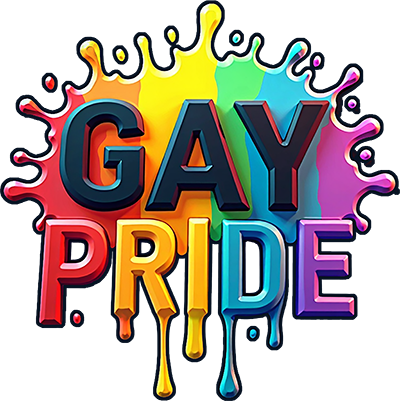
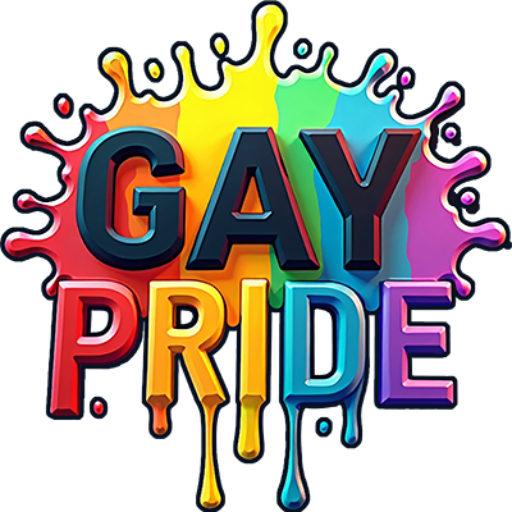
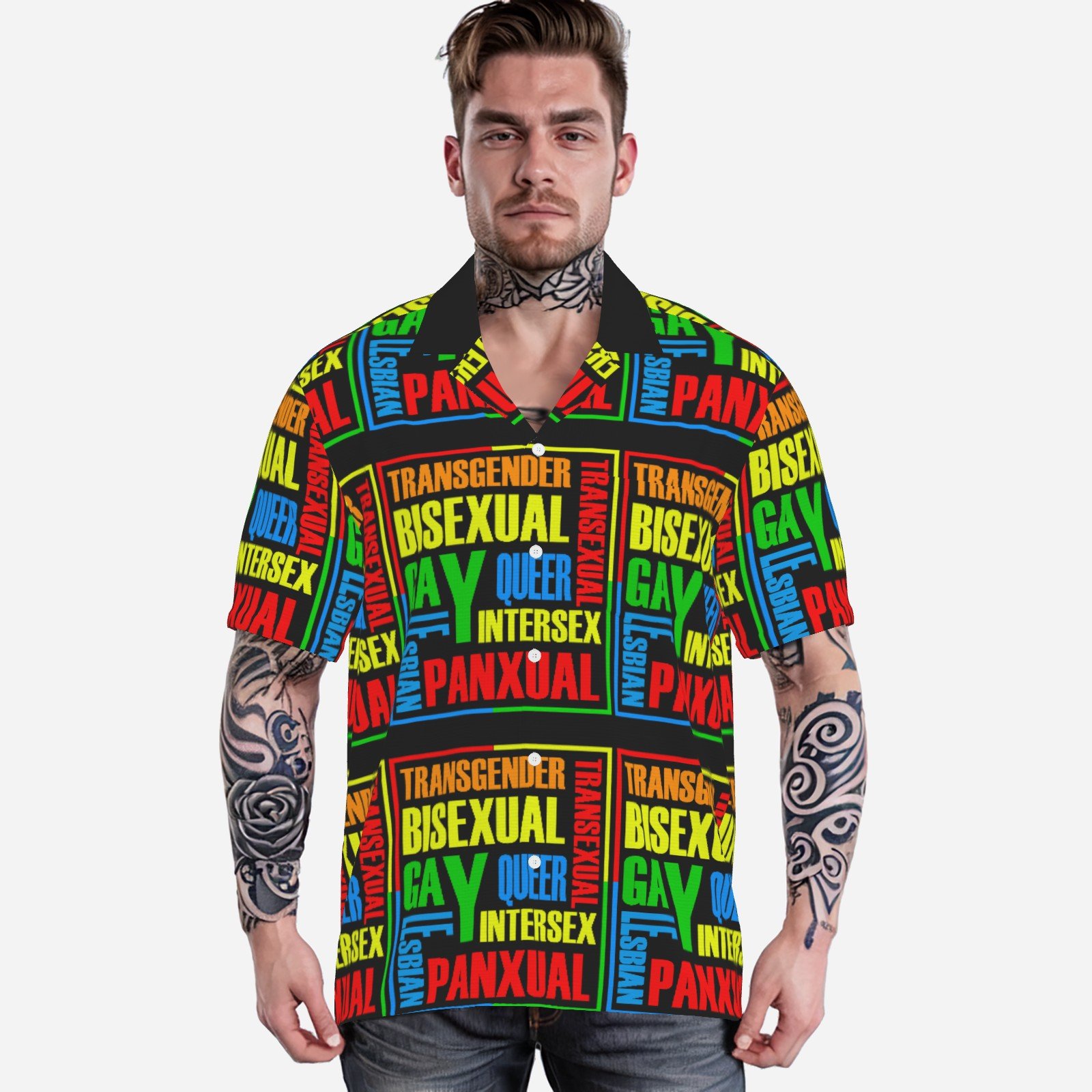
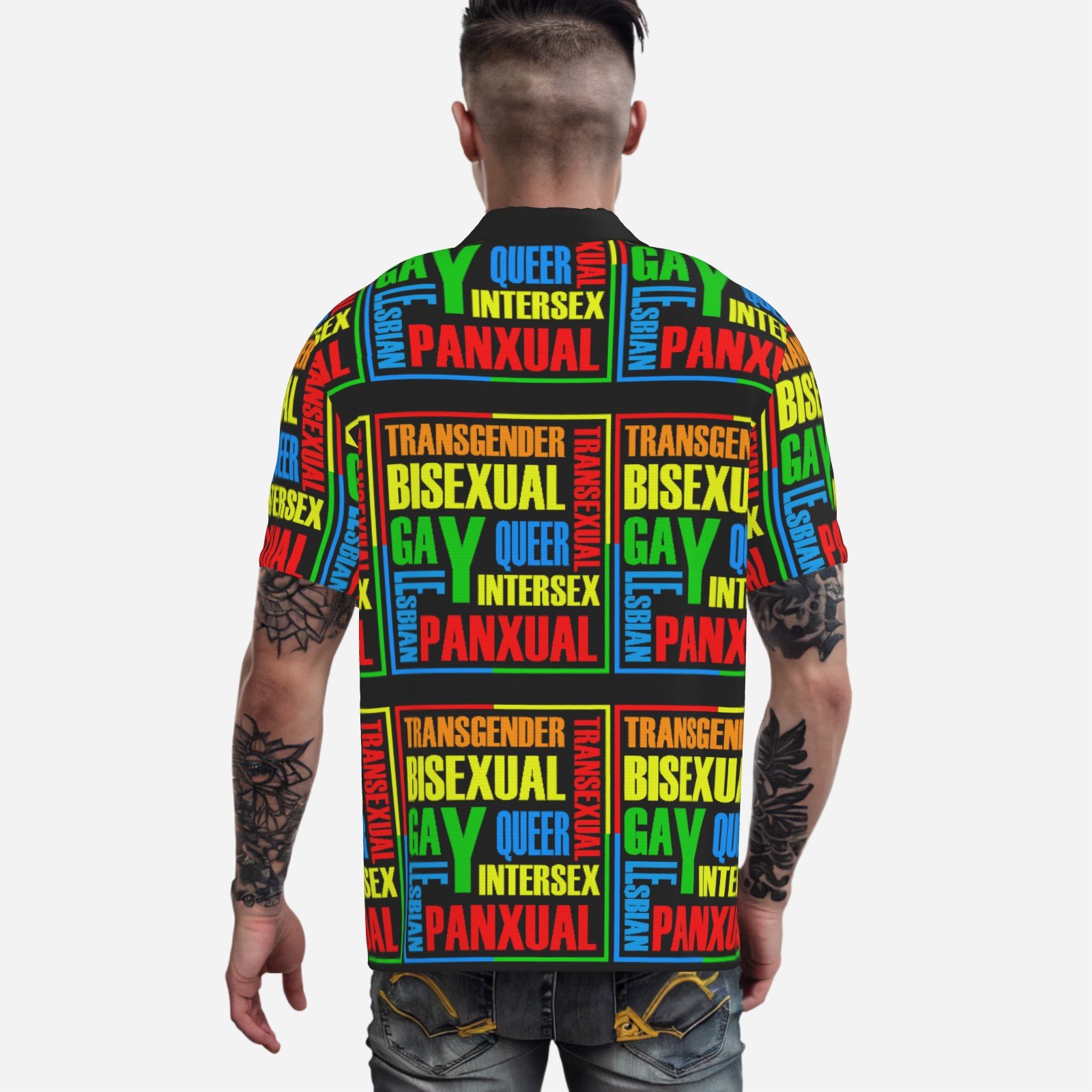
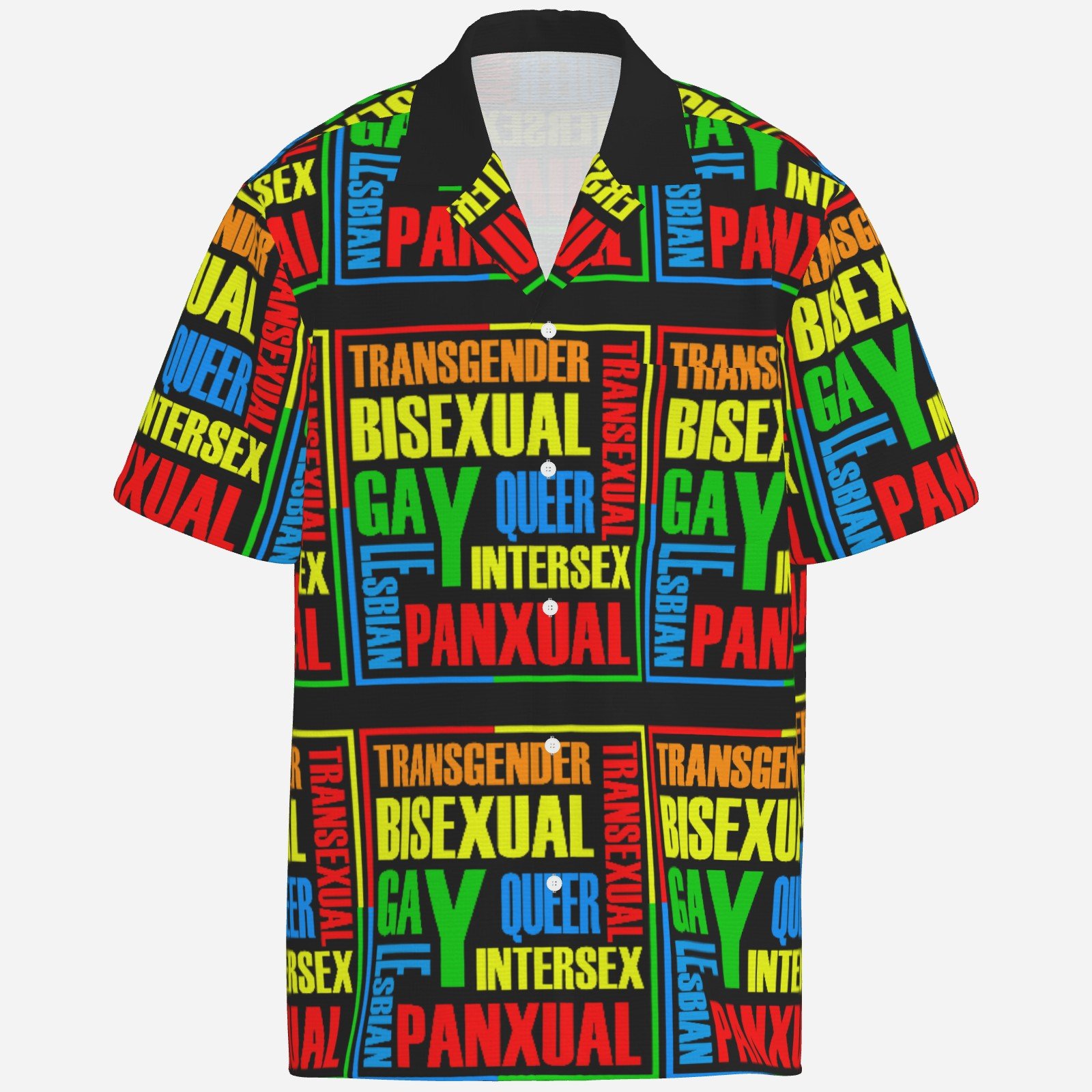
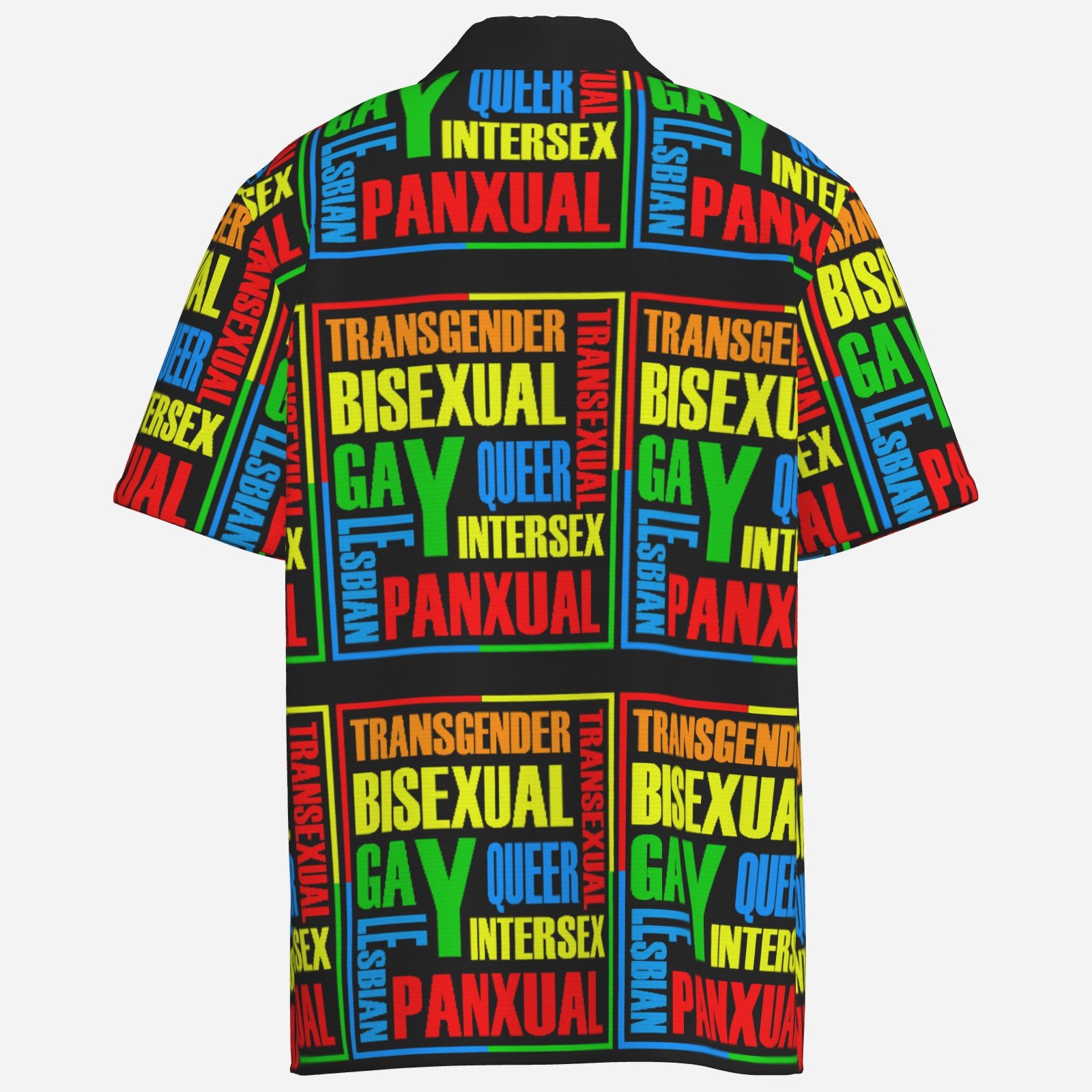
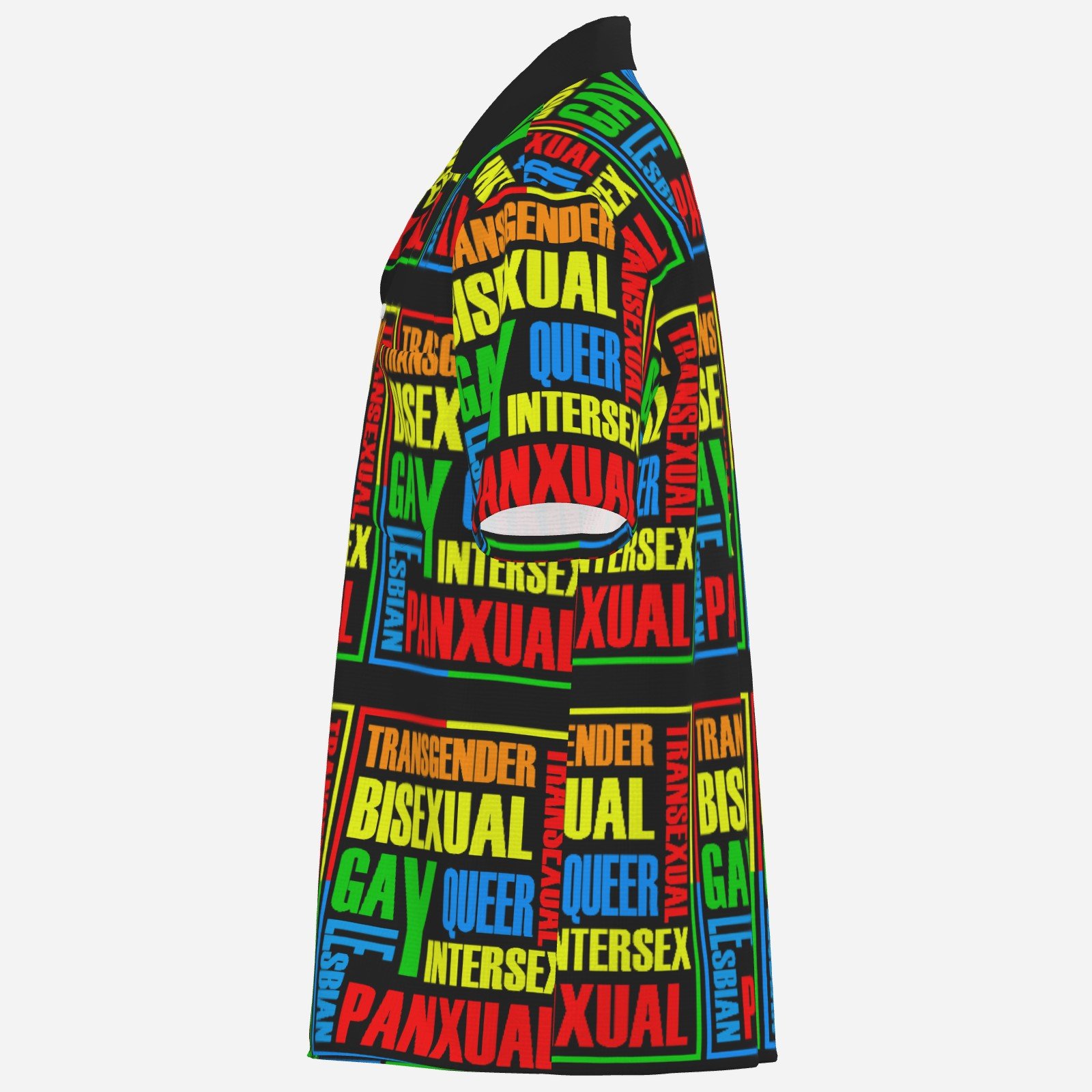
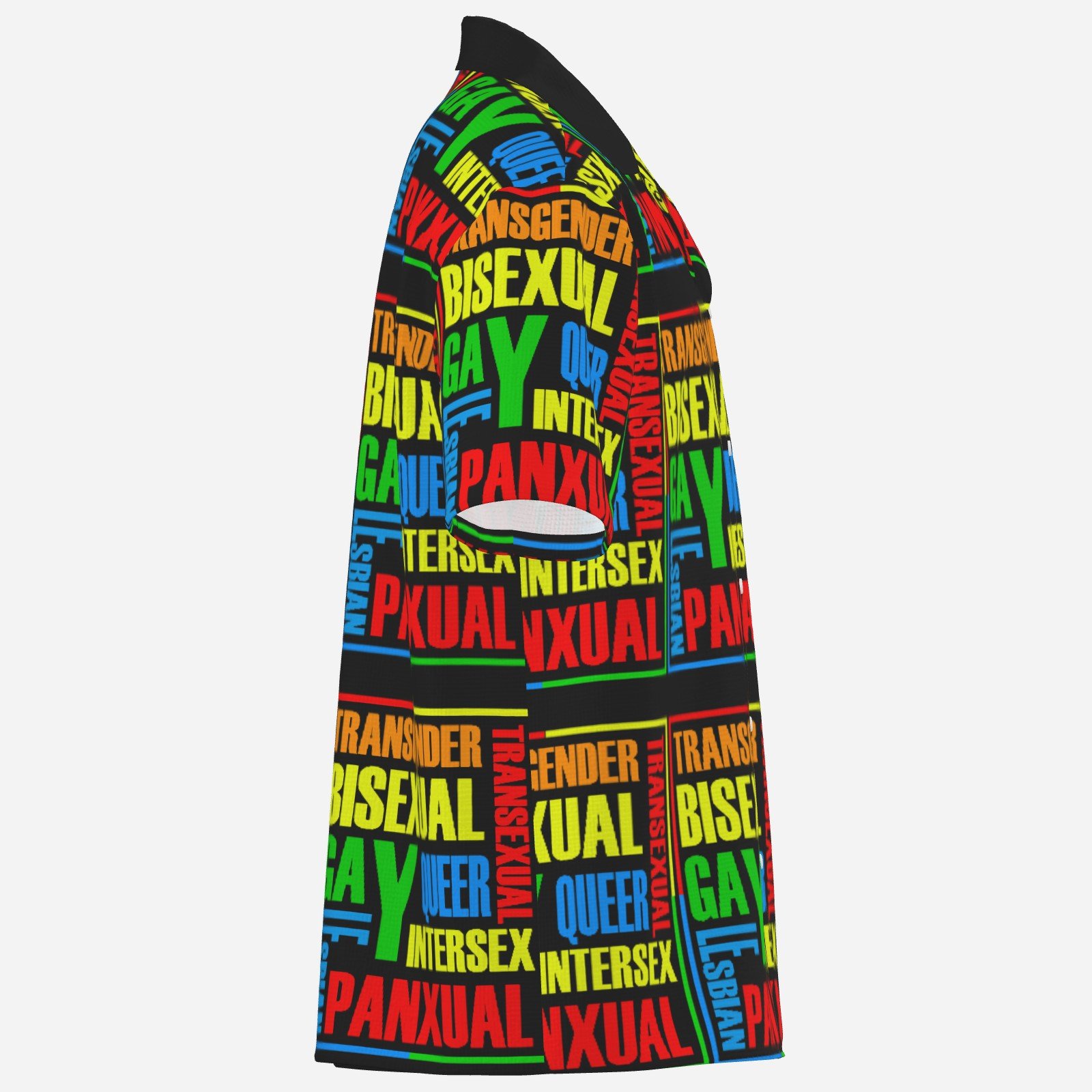
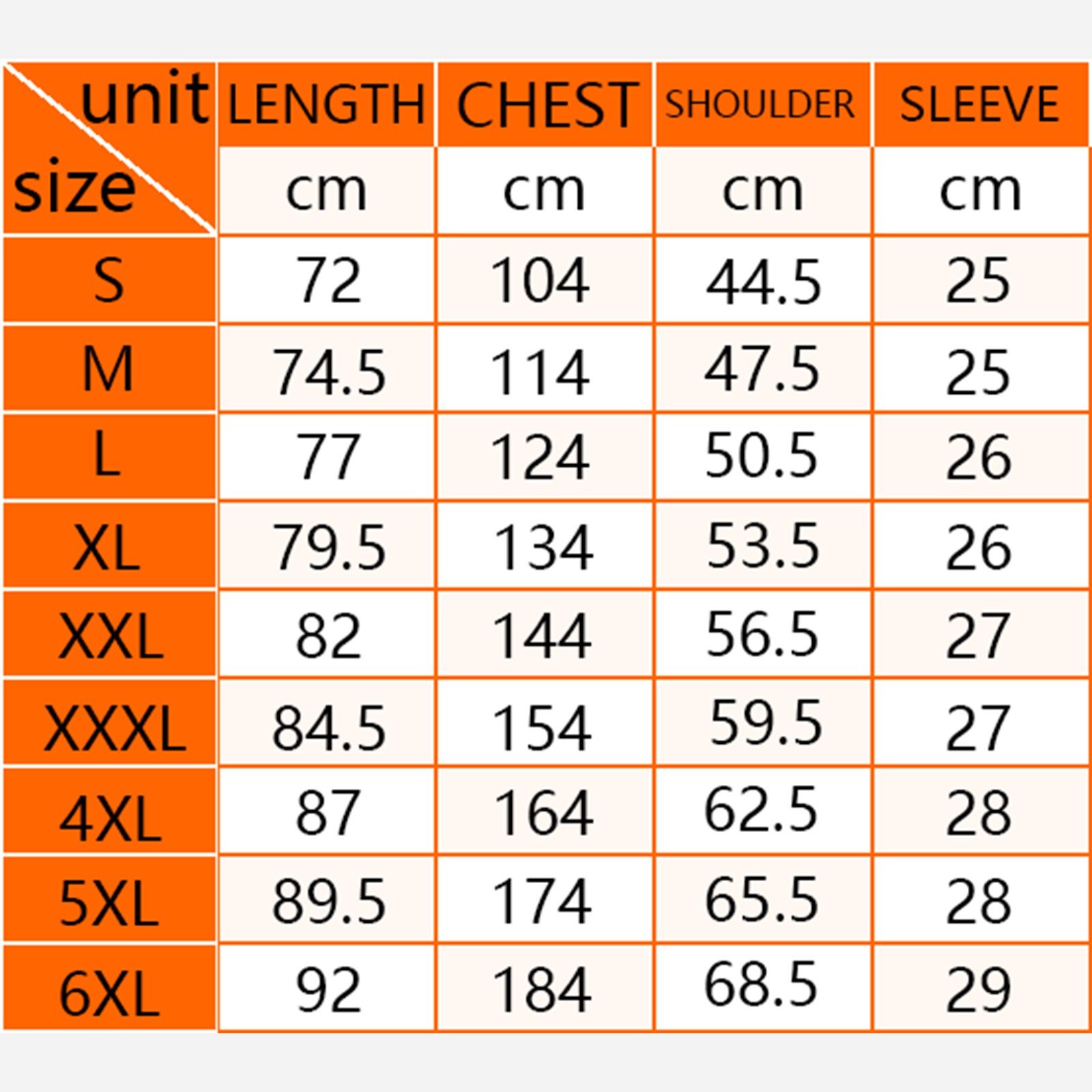
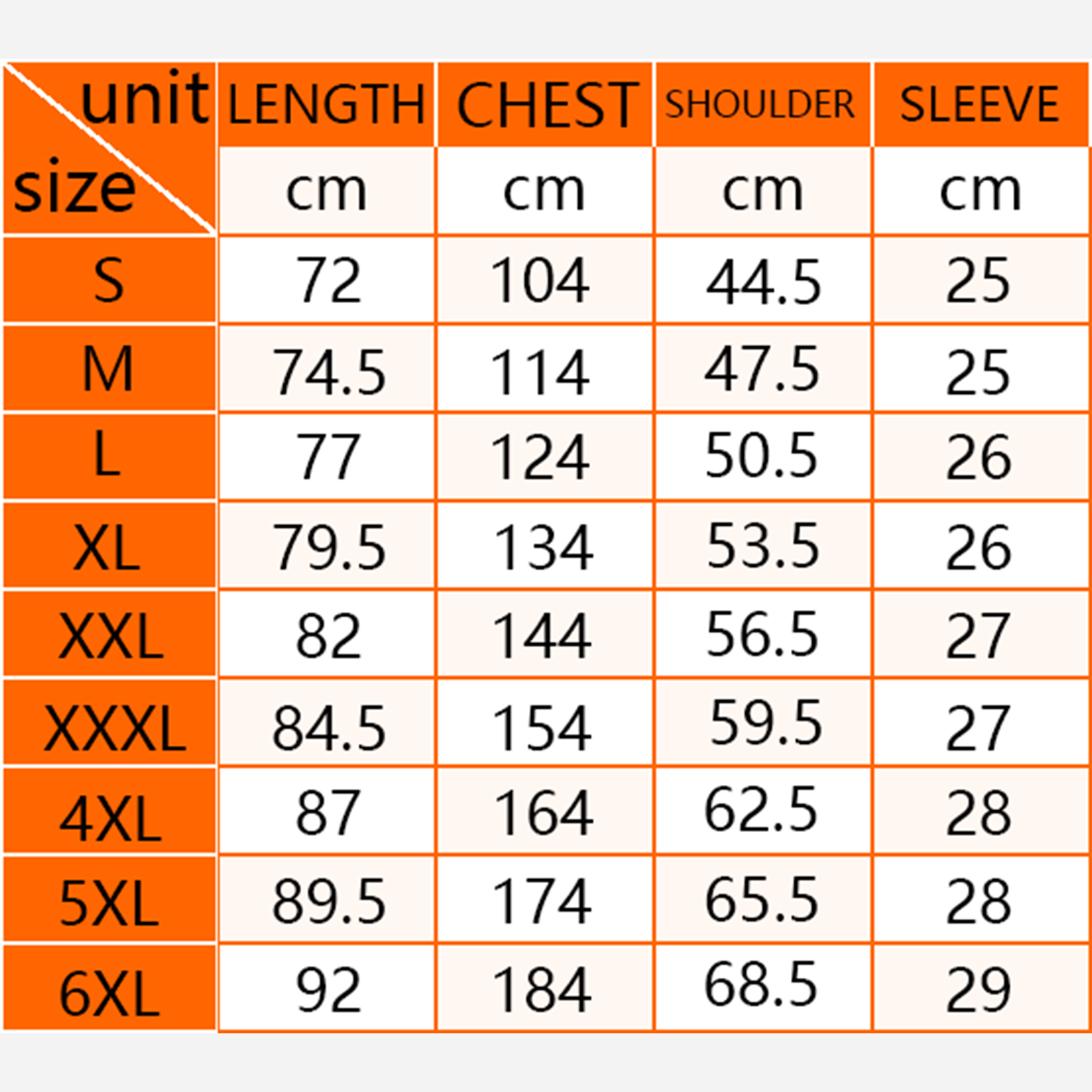
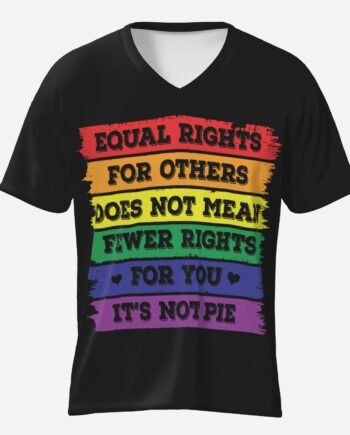
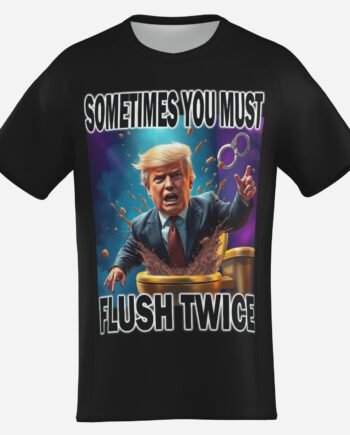
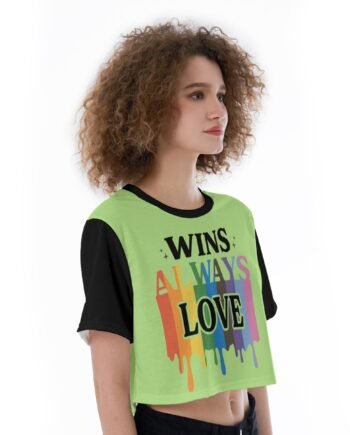
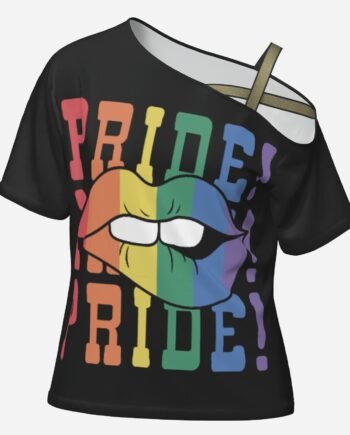
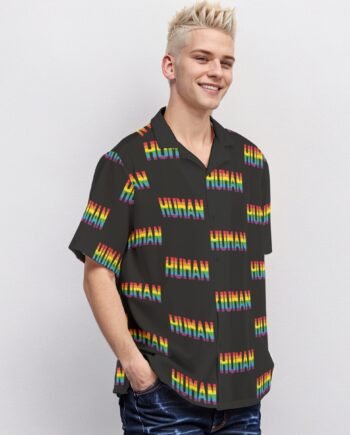
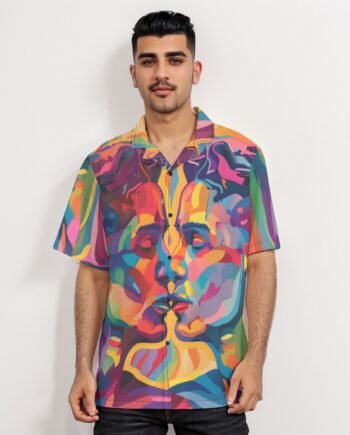
Reviews
There are no reviews yet.